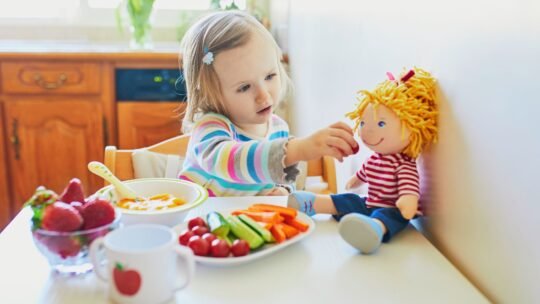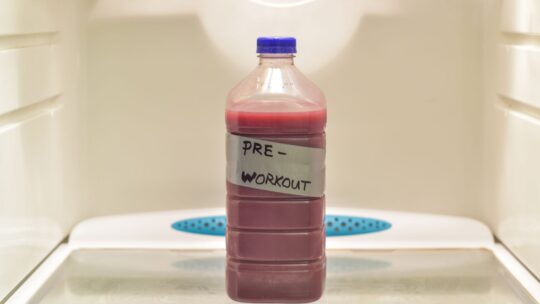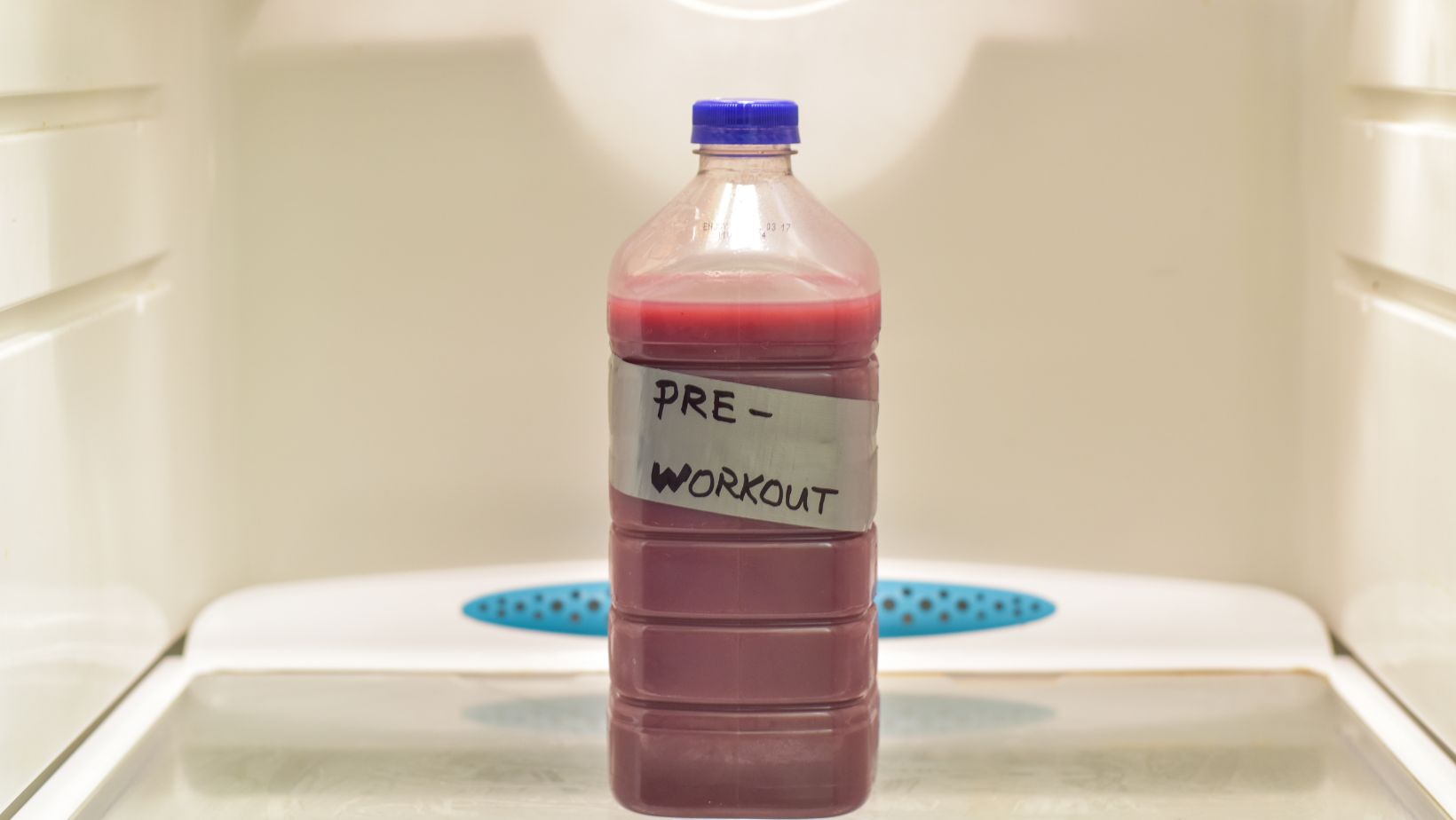
Getting back into dating as a single mom is a strange cocktail of feelings. There’s the buzz of putting yourself out there mixed with the low-key terror of the follow-through. It’s a new game with new rules, especially when your free time is measured in 15-minute increments between school runs and bedtime stories. Online dating, for all its quirks, is a useful tool for moms wanting to meet new people without having to hire a babysitter just to scope out a bar. This is your guide to managing it with confidence and a touch of sarcasm.
Making Your Profile Show Who You Really Are
Your dating profile is your personal ad, so make it a profitable one. It means showing the person you are when you’re not wiping noses or mediating fights over a toy. Pick a few recent photos that show you in different lights: a clear, smiling headshot, a full-body picture, and one of you doing something you enjoy. This helps people see the real you, no matter if you’re looking for a soulmate or just some local hookups. As for photos with your kids? Maybe hold off. Your bio is where you seal the deal. Make it positive and be upfront about your relationship goals. Mentioning you’re a mom is a given, but do it confidently. Clarity is sexy.
Swiping Smart: A Guide for Moms to the Online World
Dating apps can be a time suck if you let them. Avoid mindless swiping by setting aside a specific block of time each day to check your messages and look at new profiles. Quality over quantity is the mantra here. Actually, read what people write. Look for shared values or a similar sense of humor.

With prices rising, managing parenthood costs is already a full-time job, so paying attention to lifestyle and stability indications is smart. If a profile seems too good to be true or gives you a weird sense, it probably is.
The “Kid Talk” Conundrum & Other Chat Tips
So you’ve matched with someone promising. The first hurdle is the opening line. Skip the simple “hey” and ask an open-ended question about their profile. It shows that you care and starts a meaningful dialogue. Now for the big one: when to mention the kids. Dropping the K-bomb in the first message can be a lot. It’s often better to wait until you’ve exchanged a few messages and established some rapport. There’s a certain art to how you approach the kid conversation so it lands as a fact of your life, not a warning siren. Once you feel a good feeling, suggest a quick call to see if the chemistry holds up off the screen.
First Date Fun – Leave the Guilt at Home
You’ve landed a date. Now for the logistics. Arrange the babysitter well in advance and pick a date spot that’s public, low-pressure, and has a clear end time. A coffee or a drink is perfect. It gives you enough time to see if there’s a spark without committing your entire evening. That little voice in your head whispering about how you should be at home? Tell it to quiet down. Go into the date with one goal: to have a decent adult conversation. It’s not a marriage interview. It’s a chance to put on a nice top, leave the house, and remember the woman you are outside of motherhood.
To sum it up, dating as a mom is about being smart with your time and clear with your intentions. Create a profile that’s all you, swipe with purpose, handle the chat like a pro, and go on that first date for yourself. Finding a partner isn’t the only goal. It means finding parts of yourself again that get lost in the chaos of being a parent. You deserve it.













































